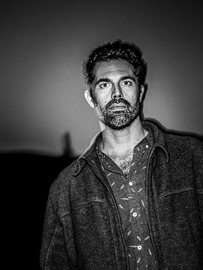Agence France-Presse
14 November, 2020
A barrage of fireworks is launched against police trying to prevent protesters from marching on the Peruvian Congress building, in Lima, Peru.
Peru saw its greatest political instability in 20 years in mid-November, with three presidents coming into power over the course of little more than a week, resulting in massive protests throughout the country. On 9 November, the Peruvian national congress impeached President Martin Vizcarra, condemning his handling of the COVID-19 crisis and alleging that he had taken bribes while serving as a regional governor—a claim he denied. During his tenure, Vizcarra faced opposition from Congress, but amassed wide popularity, especially among Peruvian youth, as an anti-corruption crusader. Crowds began to gather at Plaza San Martín in Lima in protest at Congress’s move, spawning demonstrations in other parts of the country. Congress speaker Manuel Merino was installed as interim president on 10 November, sparking accusations of a parliamentary coup. Protests intensified, and on 12 November a National March occurred throughout Peru, demanding his resignation. On 14 November, thousands of people again took to the streets in a second National March, with many dressed in black. In Lima, two people were killed and more than 100 were injured in violent clashes with police. Manuel Merino resigned on 15 November, setting off celebrations in the streets. A new president, Francisco Sagasti, was inaugurated two days later.

Ernesto Benavides
Ernesto Benavides (1978) is a Peruvian documentary photographer working primarily within South America. He holds a Bachelor of Science in Communication from the University of ...